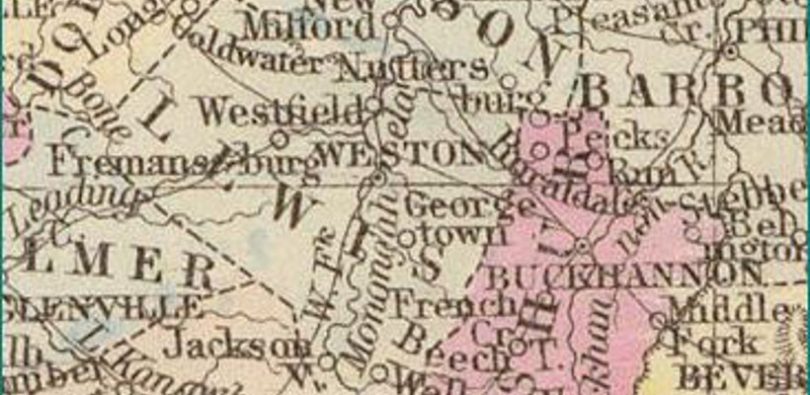Table of Contents
Are you trying to complete a family tree? Would you like to find out about all your ancestors and descendants — where they were from, what they looked like, who they married, what they did for a living, if they ever served in the military?
These are all important questions about one’s ancestry that most people are curios about at least in some point in their lives.
It’s fascinating to try and find out what your roots are, and what your ancestors have been through. However, completing a family tree thoroughly can be a taxing process and you need to be ready to pour over hordes of documents and hit upon several dead ends.
It requires time and patience. Thorough record searching with the help of a genealogist is completely possible. Important to note that proper knowledge of record searching is a must in genealogy; record searching divides a amatuer genealogist to a professional genealogist.
Traceable Branches
One of the important aspects of a family tree is that, like the branches of a tree, it’s linear and traceable. It starts from you, branches out to your parents before you, and their parents before them, and so on.
There are a lot of different sources from which you can trace your ancestry. However, perhaps the most valuable resource for you is searching through the Census Records as it’s the most linear amongst all other forms of record searches.
Below I’ll explain how you can effectively complete your family tree with the help of Census Records.
Using Census Records to Trace Your Family Tree
Census Records are a snapshot of an entire population at a specific place and time. They are arguably one of the most important types of records for genealogical use.
In the US they’ve been collected every 10 years since 1790. Searching for your ancestors using the census information is quite simple and the only base information you really need are your ancestor’s name and preferably their state of residence.
Where to Start Record Searching
Census records in the US have been collected every 10 years since 1790, however due to a 72 year seal of privacy on the latest census records the last available census information is for the year 1940.
As such, while creating your family tree, you can very well start with the 1940 census report and trace your ancestors backwards.
You can start by attaining the name and place of residence of an ancestor who was living in 1940. Searching by place of residence and neighborhoods, you’ll find the person you’re looking for.
Once you have that information, you also gain access to a bunch of other vital information such as:
• Names and addresses of other family members.
• Their parent’s names and birthplaces.
• Immigration status.
• Marital status.
These pieces of information are vital in helping you construct the other pieces of the puzzle. If your ancestor is married at that point, you gain access to yet another family branch to cleave on to.
Moving backwards you can effectively construct not only an exhaustive family tree, but also a timeline of all the significant events in each of your ancestors’ lives.
Special Note: From 1880, the census records also started keeping exact street addresses. You can use this information, in combination with Google Maps, to actually look at your ancestor’s house, and maybe even visit it (with permission from the current owners, of course.)
How to stretch your family tree even further beyond 1790
While federal census records aren’t available for the years preceding 1790, you can still use other resources to trace your ancestors further back. Having gleaned their basic information off the 1790 records, you can tally them against a host of other search records to stretch out the family tree.
Land records can be found stretching as far back as 1679, and you can dig them out though state archives. You can also look for your ancestors in wills preceding those dates, or in records of those who fought in the American Indian wars between the Native Americans and American Settlers.
Alternative search records to supplement your research
Census records may be the simplest and most linear means of completing your family tree. However, they don’t always supply an in-depth information of an individual’s life.
If you find yourself particularly interested in one of your ancestors you can also tally their information against other relevant records to gain a fuller picture. Some of these other records may be schedule of defective, dependent and delinquent classes, agricultural censuses, slave schedules, military records, immigration and naturalization records, and many more.

